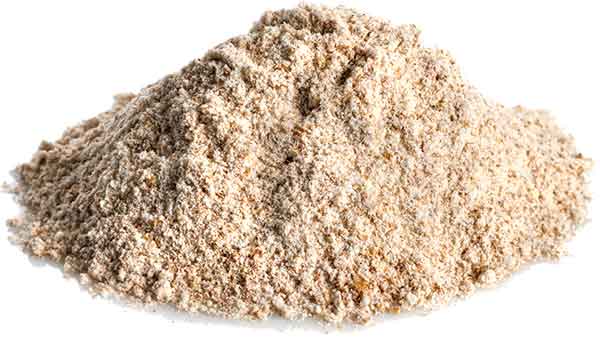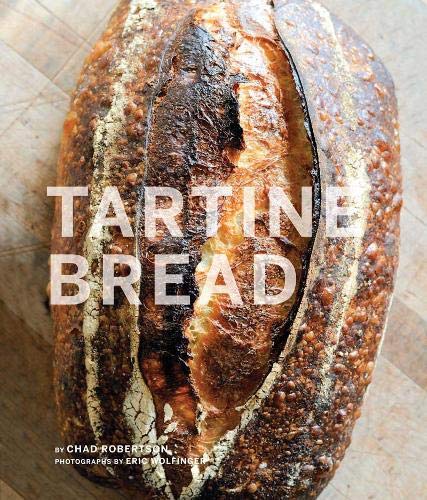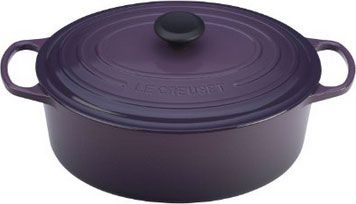Guidelines are great.
Tried and true.
And then… oh look, the Queen.
I’m distracted by my own thoughts ~ like a crow dazzled by something sparkly. How can I add more flavor? How can I get each loaf to puff up more? When will the neighbors put up black-out curtains to keep me away?
What I’ve learned so far is…
Convection
Our oven has hot spots, so using the convection setting creates a more stable heating environment. The “convection” part is just a $10 fan at the back of the oven, but it distributes heat evenly. This is great for baking, and in particular for baking bread in a dutch oven where the lid stays on for half of the process (the fan can create a drying effect, so use your convection setting with caution).
Dutch Oven
Baking bread in a dutch oven makes fabulous bread (and it doesn’t stick to the pan ~ don’t get me started on loaf pans). The Tartine folks recommend a cast-iron combo cooker, but I’ve been using a Le Creuset dutch oven that we already had (enameled cast iron). Same idea, just upside down and enameled. In my earlier attempts ~ BT (Before Tartine), I put a pan of water in the lowest rack and baked the bread on a cookie sheet. Terrible.
More Steam
Using the lid for the first half of cooking brings out the moisture in the bread and creates steam (what I was trying to do with the pan of water). More testing is required on my part, but this initial steaming creates rise and sets the bread’s shape so I’m tempted to add more time to this part of the process ~ everyone’s oven is different, and I think it’s worth a try to see if I can get more lift… more air into each loaf.
Refrigeration
Cold fermentation of up to 48 hours has yielded the best loaves so far. For me. Both in flavor and in rise and airiness. I’m looking for a good crust on the outside (not too thick), a fluffy but chewy and almost moist and cake-like interior, and great flavor.
Sure… Follow The Recipe
Guidelines folks. Again, every recipe I’ve followed to the letter has yielded great bread. All of the resources I’ve listed are truly fantastic (and not just for bread recipes). It’s just that I have this bread-memory… like a Ratatouille moment (great movie) ~ the smell of the bread, it’s warmth in my hand, the texture of the crust in my fingers, taking that first bite, maneuvering my teeth through the outer crust and feeling joy at sinking them into the interior airiness and chew of the bread itself, meanwhile the aroma and then the hit of sourness, then a nuttiness and depth of flavors… *sigh*
Then a ferocious desire to cram all of it down my gullet ~ like wanting to eat an entire cake. Best for anyone else to just back away… slowly.
Tartine, sorry and thank you.
I’m lucky to live close to Tartine Bakery (as close as one can be to anything in San Francisco), and I’m very glad I bought their bread cookbook. I’m not targeting them at random. I have numerous bread-making books, but Tartine Bread stands out in particular because Chad explains why things are happening and what to try to make things better. And, he makes you feel good about experimenting on your own. Thanks Chad. Tools, buddy. I have a long way to go, but you’ve given me tools and hope.



